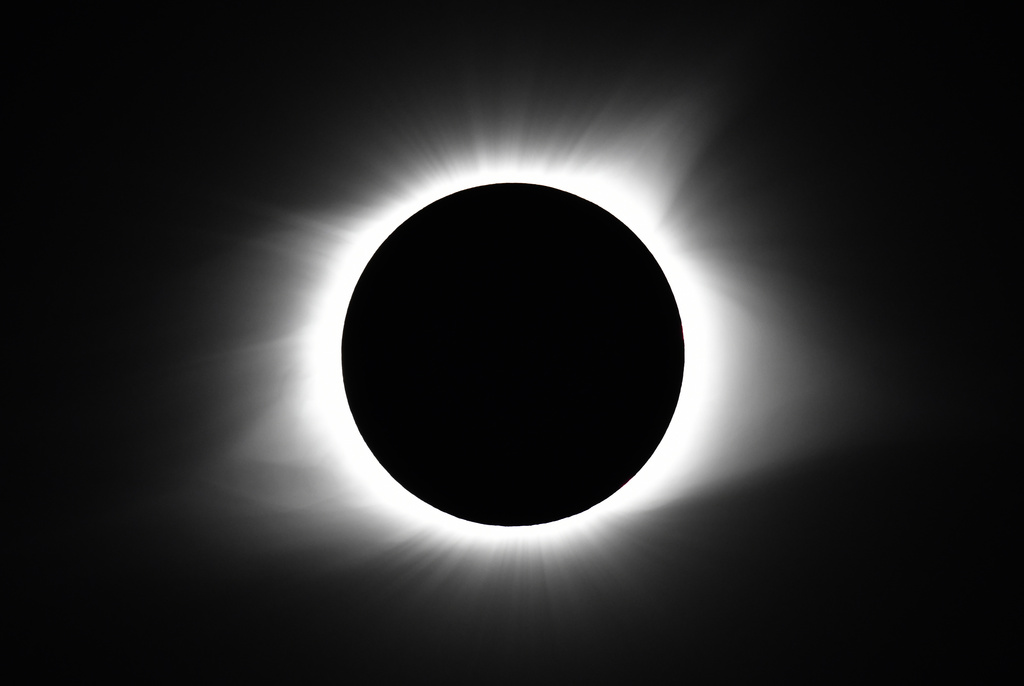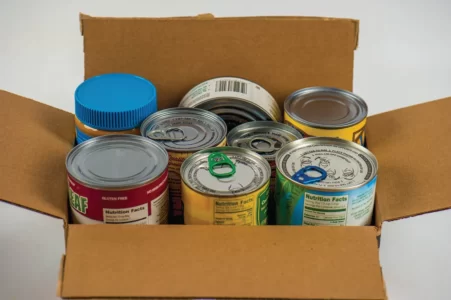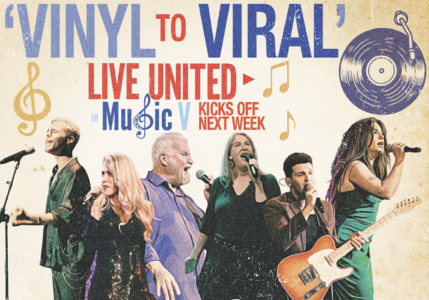Lycoming College experts share best viewing tips for solar eclipse

FILE - The moon covers the sun during a total solar eclipse Monday, Aug. 21, 2017, in Cerulean, Ky. On April 8, 2024, the sun will pull another disappearing act across parts of Mexico, the United States and Canada, turning day into night for as much as 4 minutes, 28 seconds. (AP Photo/Timothy D. Easley, File)
Grab some eclipse glasses and head outside, April 8’s solar eclipse will be one for the books. Emily Wilson, an assistant professor of astrophysics at Lycoming College, has had this date on her mind for a long time.
“We’re all getting very excited for this eclipse — in fact, it’s been on my calendar since 2017,” she said.
The last time Pennsylvania witnessed a solar eclipse firsthand was in August of 2017, though the state was not near the direct path of the moon’s shadow. That year, Williamsport residents saw only 74% coverage. This year, it will be near 100%.
“There are two types of eclipses that we experience on Earth,” Wilson said. “A lunar eclipse happens when the full moon travels through the Earth’s shadow, causing the moon to be dimmer and redder than usual. A solar eclipse happens when the Earth travels through the moon’s shadow, or, in other words, the moon blocks the sun. What we will see on April 8 will be a solar eclipse, and at the peak of the eclipse in Williamsport, the sun will be 96% covered by the moon. We will start to see the moon cover the sun around 2:06 p.m. and, by 3:21 p.m., just a razor-thin sliver of the sun will still be visible.”
It has been nearly 100 years since the last time the moon’s shadow crossed Pennsylvania to this degree.
“The last eclipse that had a path of totality that went through Pennsylvania was back in 1925,” said Melissa Kiehl, Lycoming College astronomy and physics lab manager and planetarium manager. “Pennsylvania has experienced other types of eclipses like partial ones, [and] will also experience its next partial solar eclipse in March 2025.”
Kiehl broke down exactly what to expect on Monday afternoon.
“The four primary stages to a solar eclipse are partial eclipse, total eclipse, diamond ring effect and partial eclipse resumes. Most of Pennsylvania will only experience the partial eclipse stages because the sun won’t get completely covered,” she said. “However, in the west corner of Pennsylvania (like Erie), there will be a total eclipse and diamond ring effect. The diamond ring effect will occur right before totality and right after totality. As the name implies, during this stage, the moon will have a bright spot of sunlight on one side that resembles a diamond ring.”
“During the solar eclipse, people will notice a few things happening,” Kiehl continued. “One is, of course, the drop in the amount of light, as well as the UV index as the moon begins to cover the sun. This may actually cause some confusion in nocturnal animals, as they may think that the evening is approaching or has arrived. Be sure to listen for sounds from animals that you usually only hear at night. The temperature will also drop a few degrees as the moon covers more of the sun.”
Professor Wilson and Kiehl are both excited and adamant: Watch the solar eclipse, but do so safely.
“You know how you can use sunlight and a magnifying glass to burn wood?” Wilson asked. “The front of your eye behaves the same way, and you can accidentally burn a hole in the back of your eye by looking at the sun.”
According to the NASA website, it is imperative to keep several safety precautions in mind when viewing the eclipse.
“Always supervise children using solar viewers. Do not look at the sun through a camera lens, telescope, binoculars or any other optical device while wearing eclipse glasses or using a handheld solar viewer,” the website said.
Kiehl echoed the sentiment, but with an extra warning for loophole-lovers.
“Sunglasses are not proper eye protection, and you can damage your eyes trying to observe the eclipse this way,” she said.
As an alternative to purchasing eclipse glasses or permanently damaging your vision, Kiehl suggests the pinhole method.
“There are other ways to observe the solar eclipse without having to directly look at it. Try creating a pinhole projector by making a small hole in a piece of paper or cardboard,” she said. “Hold the paper or cardboard up to the sun and let the sunlight pass through the pinhole onto a surface like another piece of paper. You can see the moon moving across the sun just by looking at the sunlight being projected on the surface of the paper on the ground.”
Eclipse glasses are different from sunglasses because sunglasses do not protect against solar radiation (UV and RI) and only reduce visible light. ISO-certified eclipse glasses can be purchased at several retailers, including Walmart, Lowes, Target and CVS.





